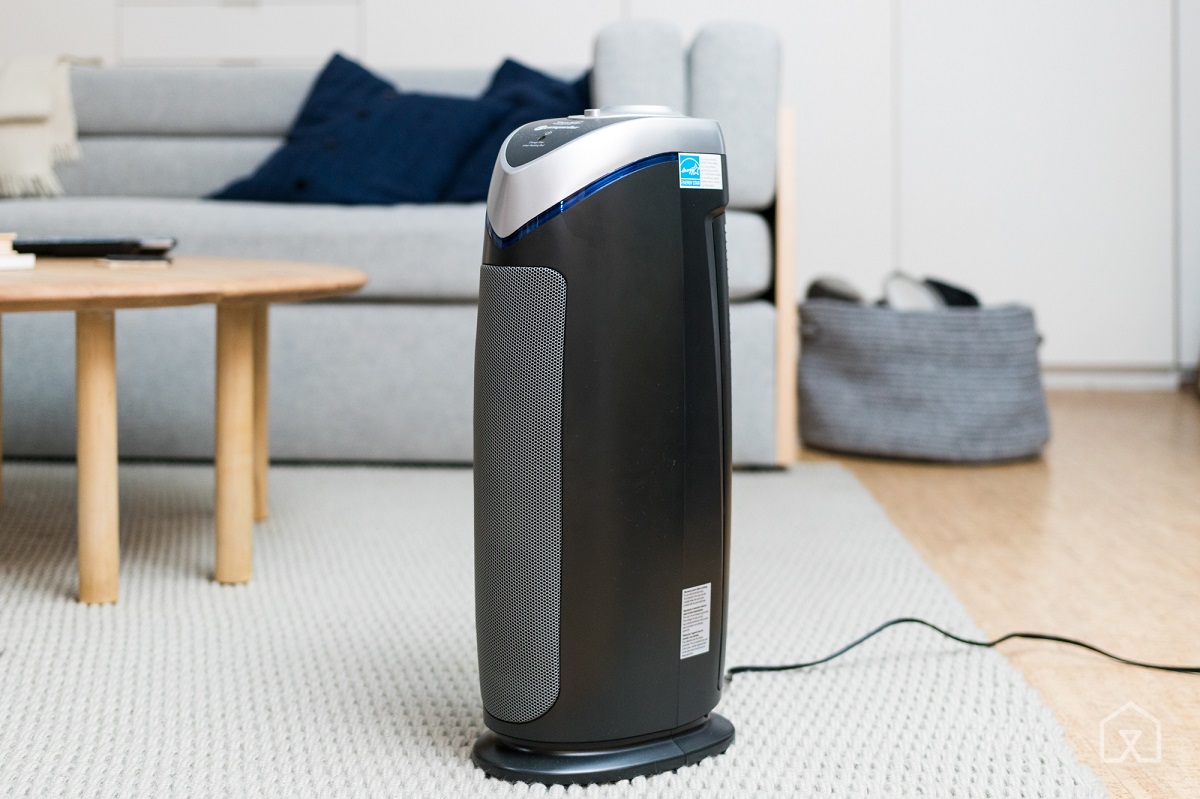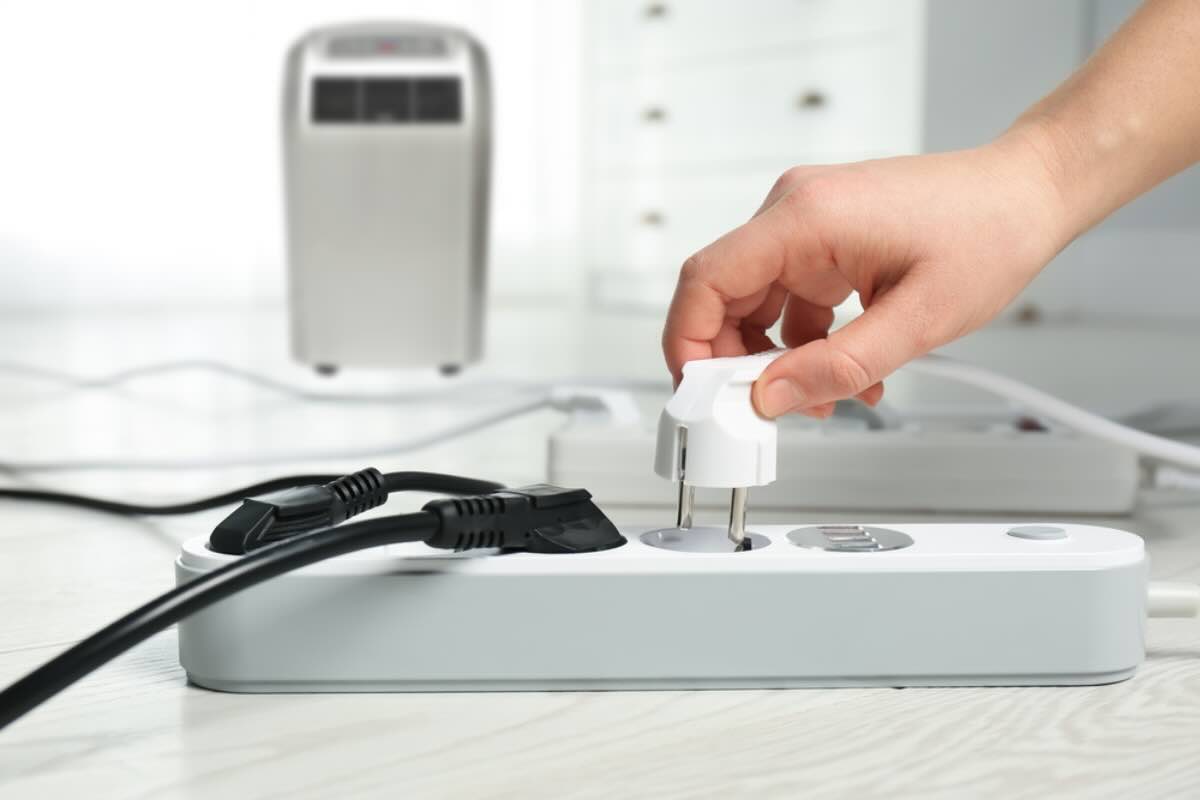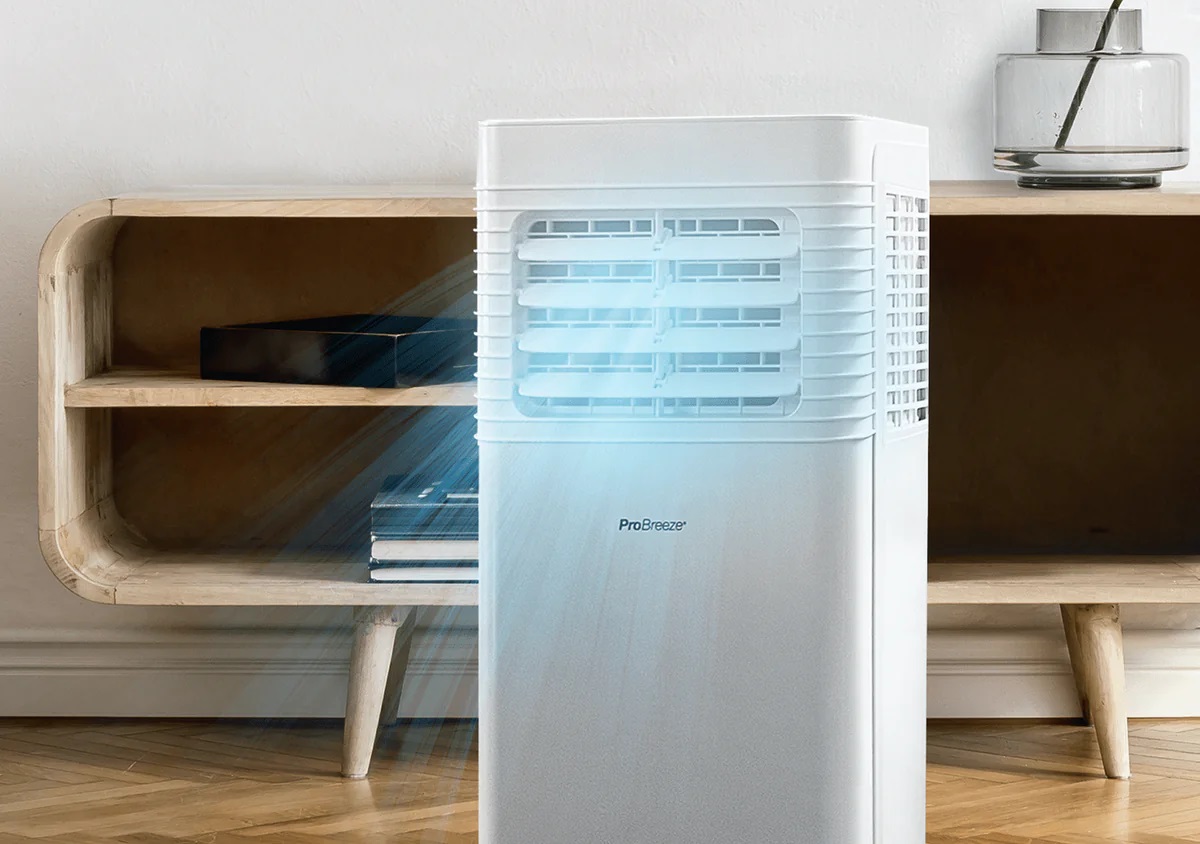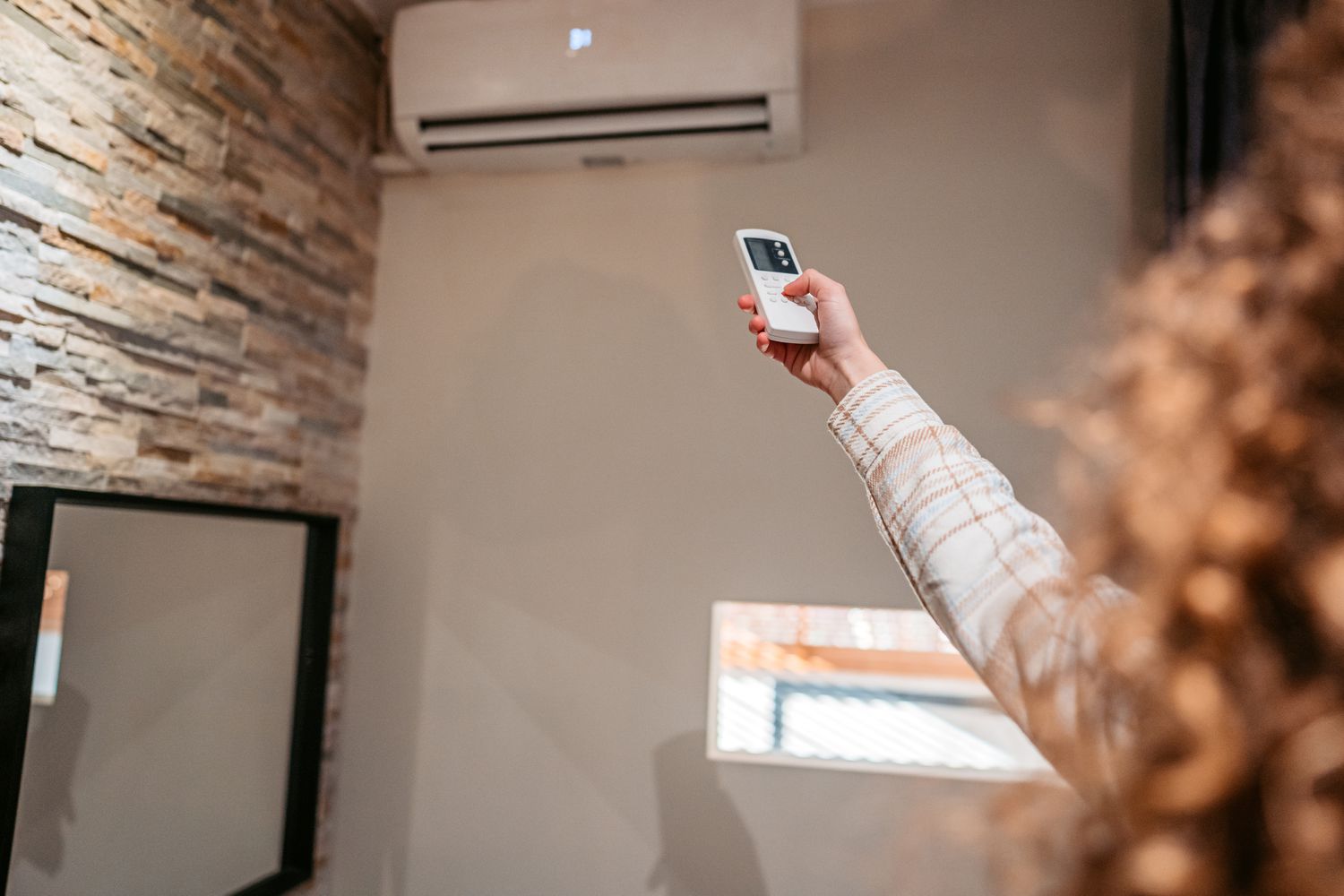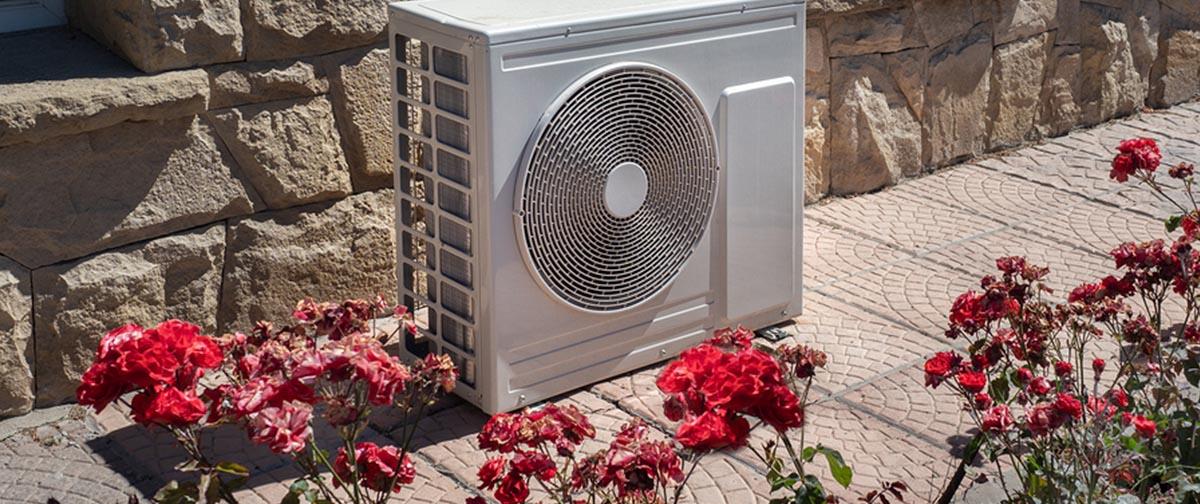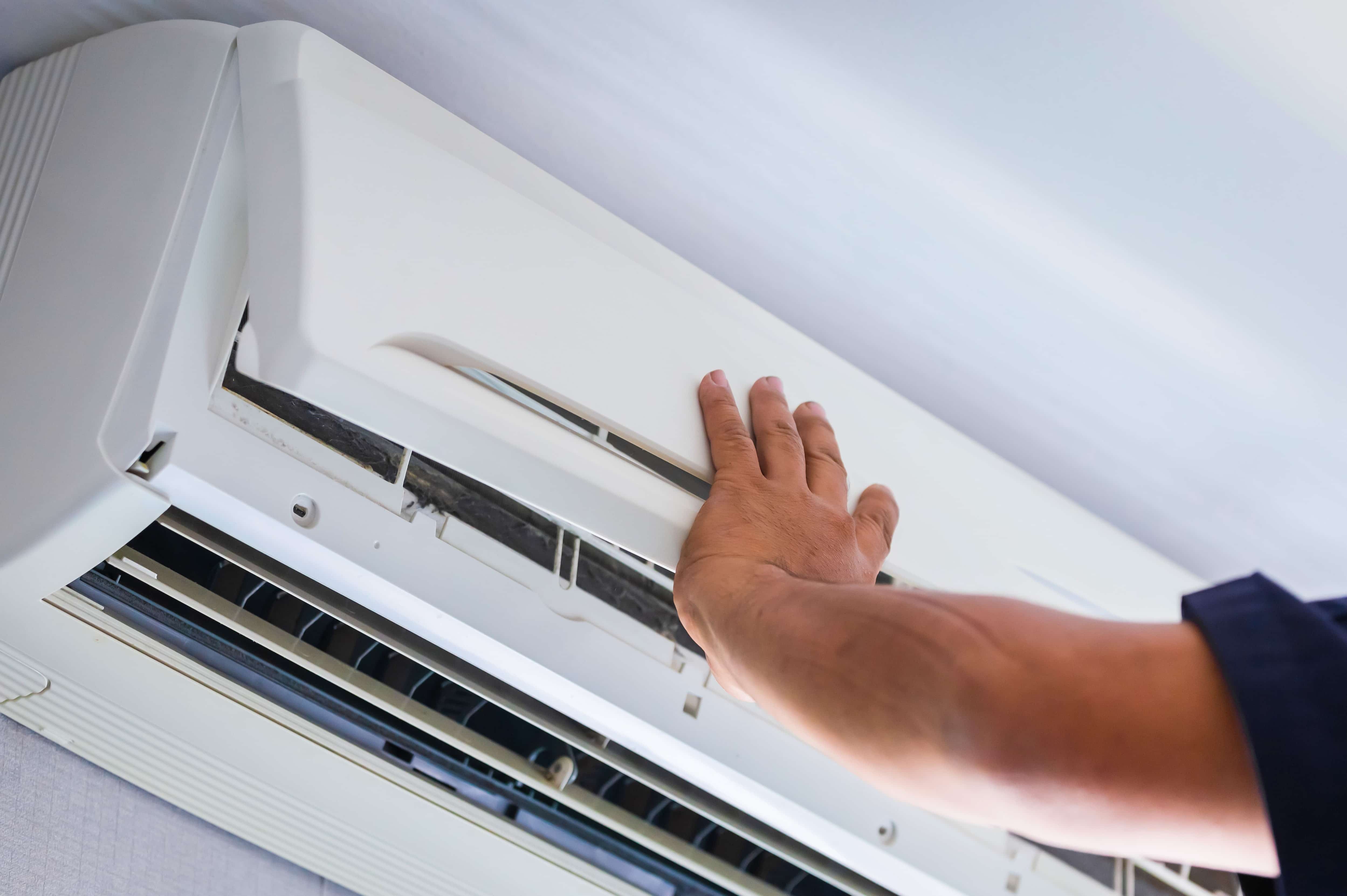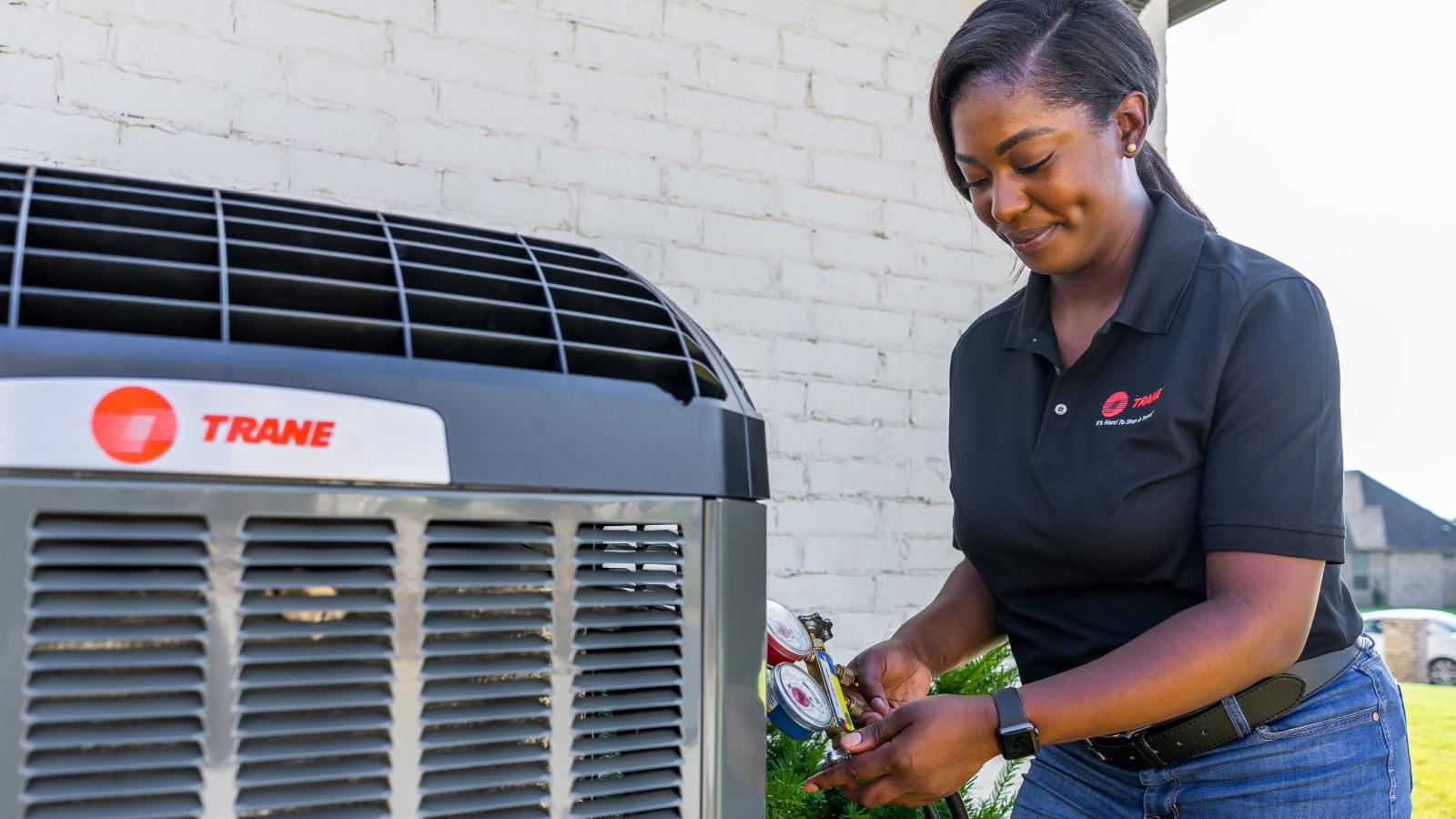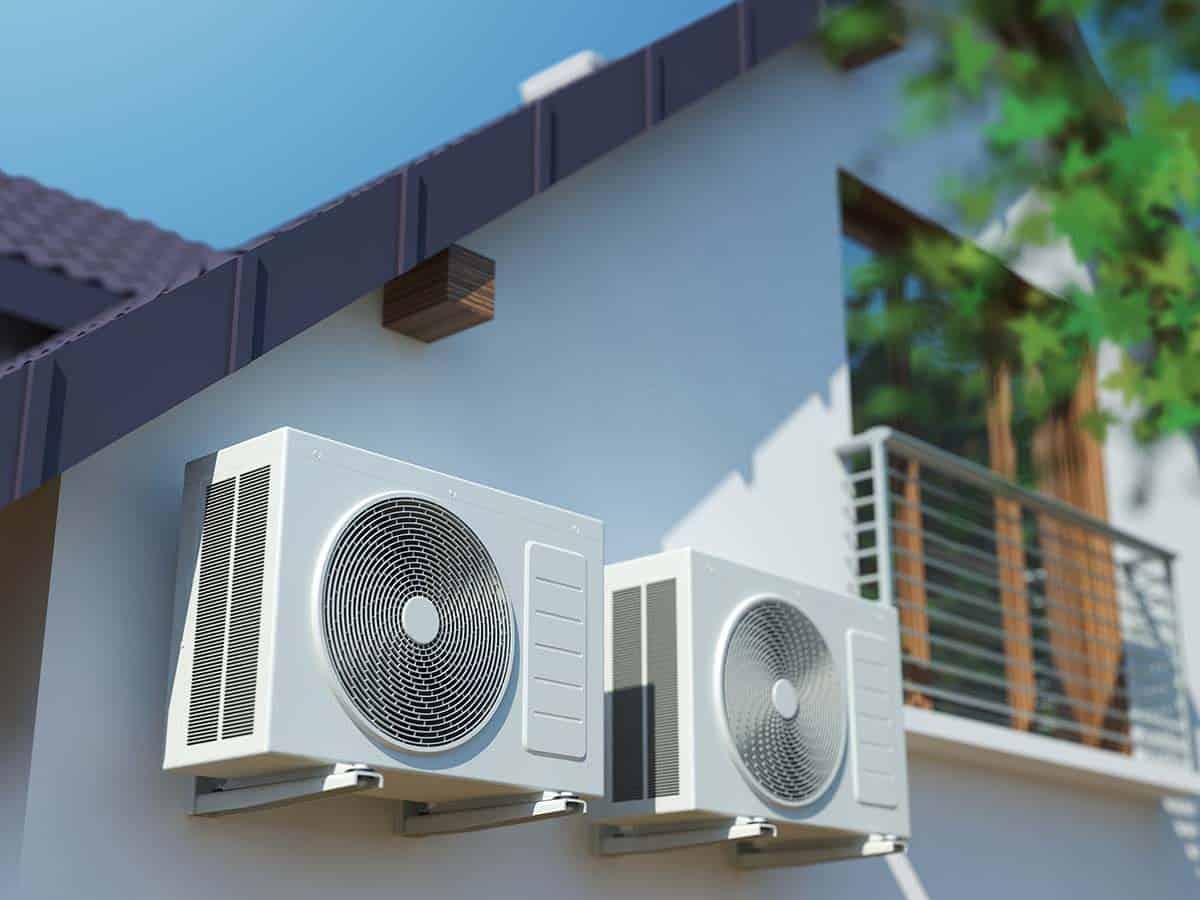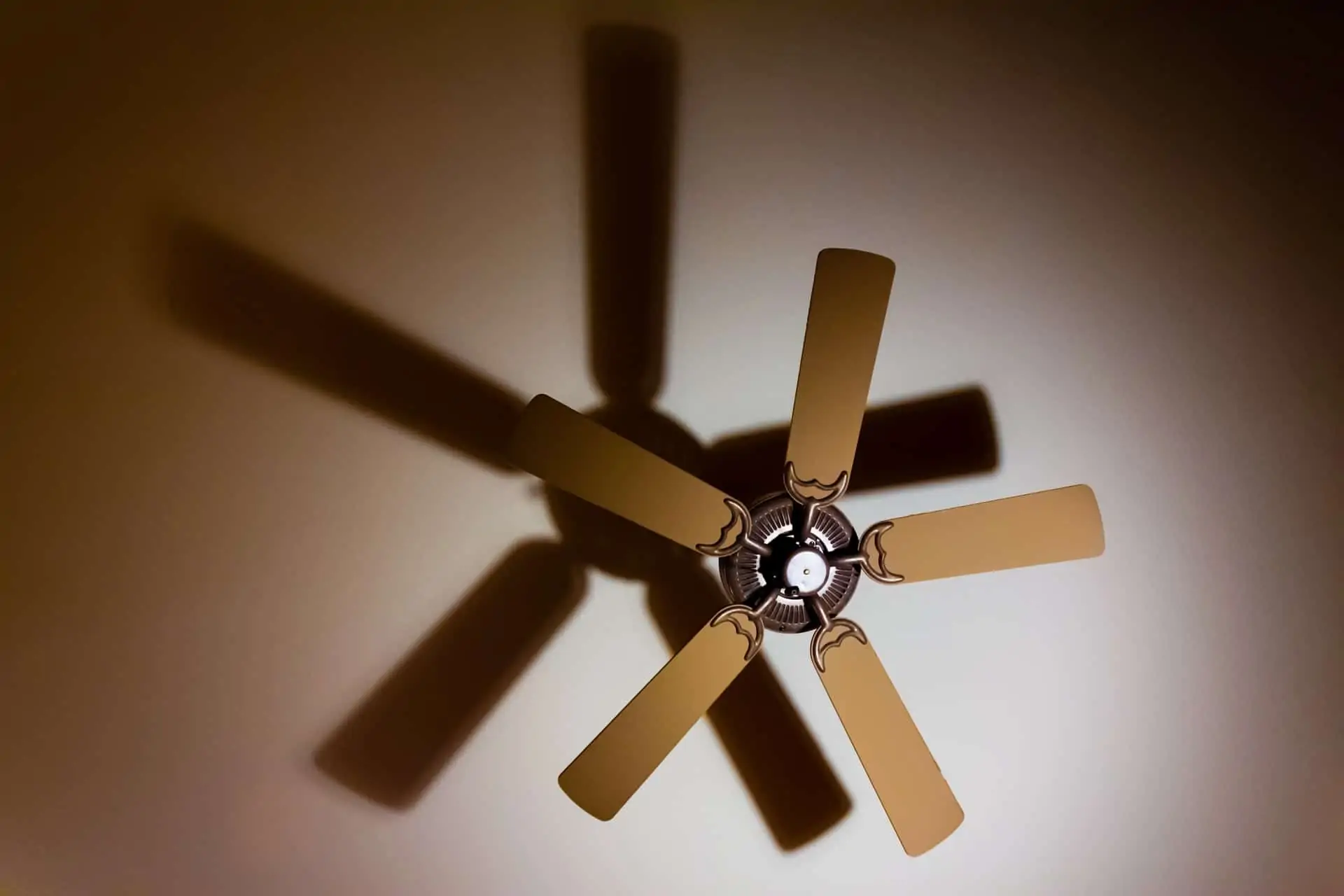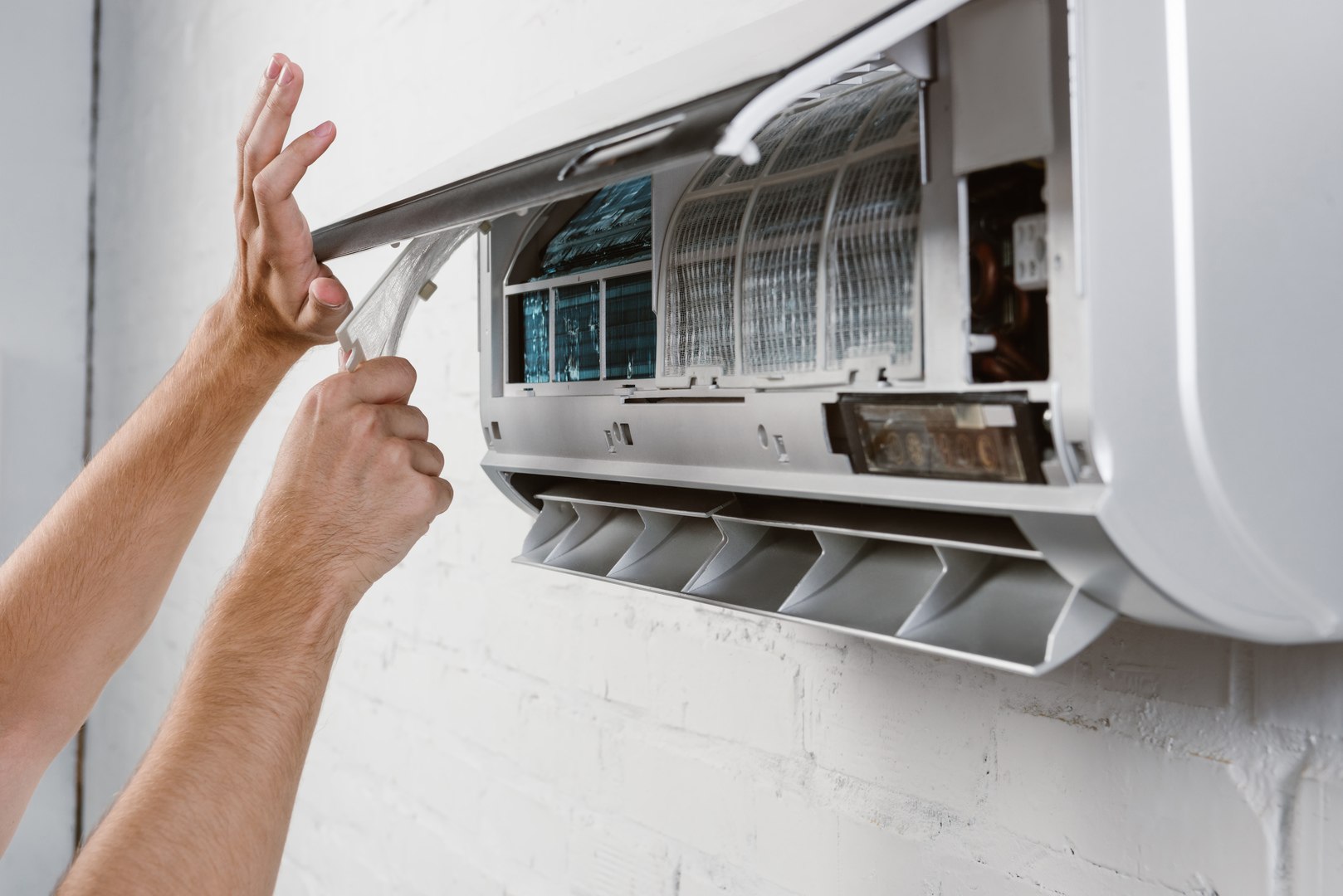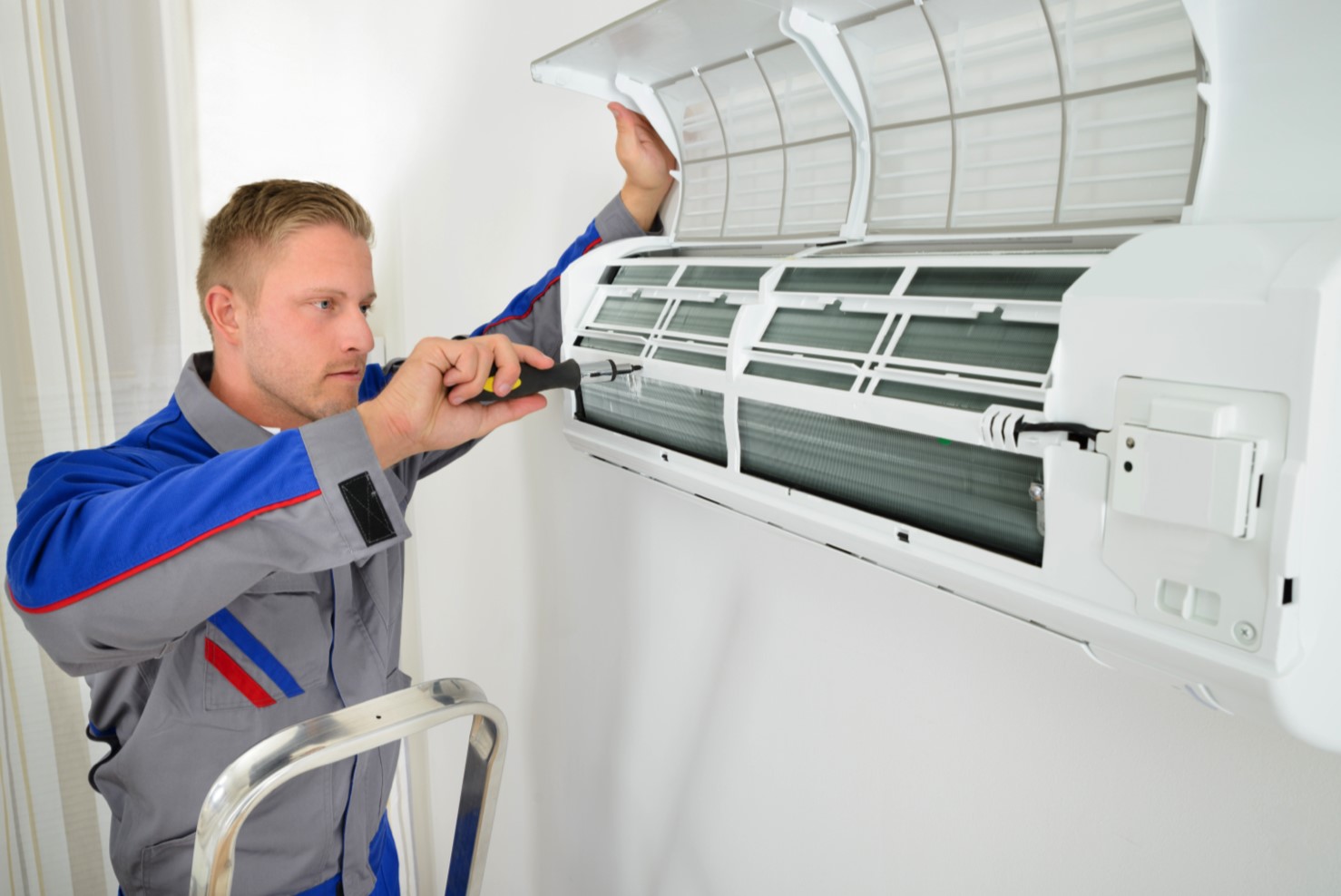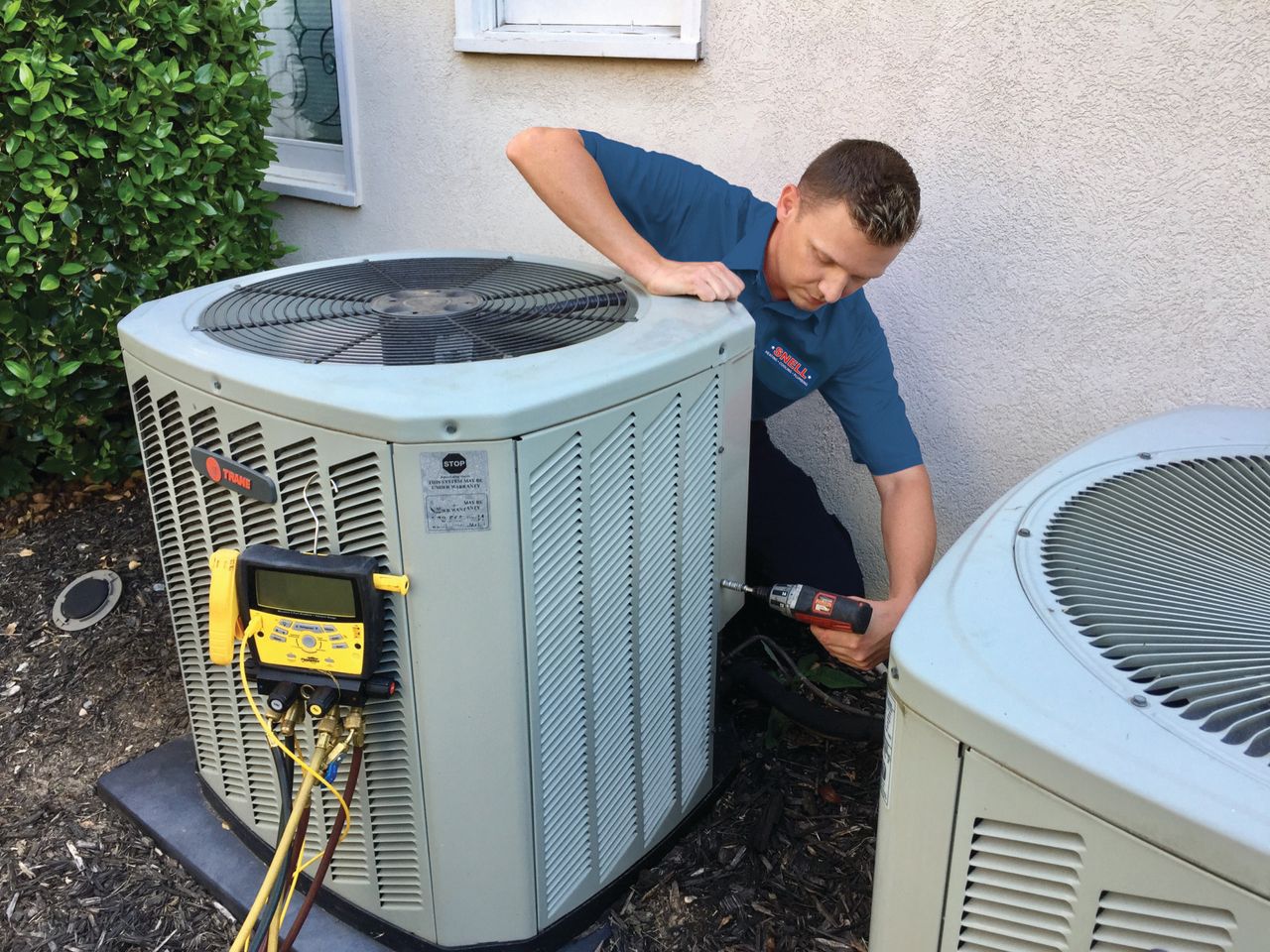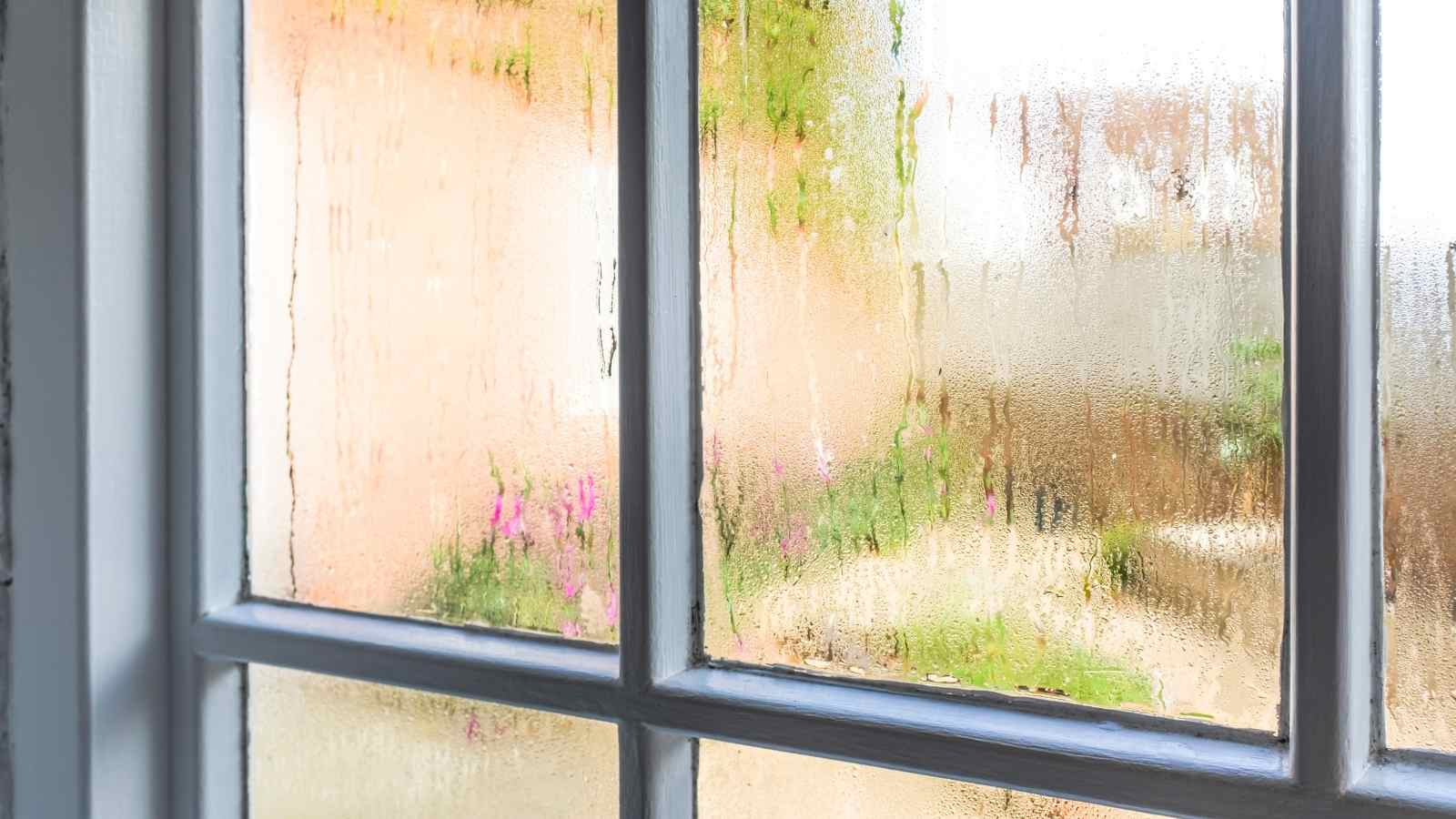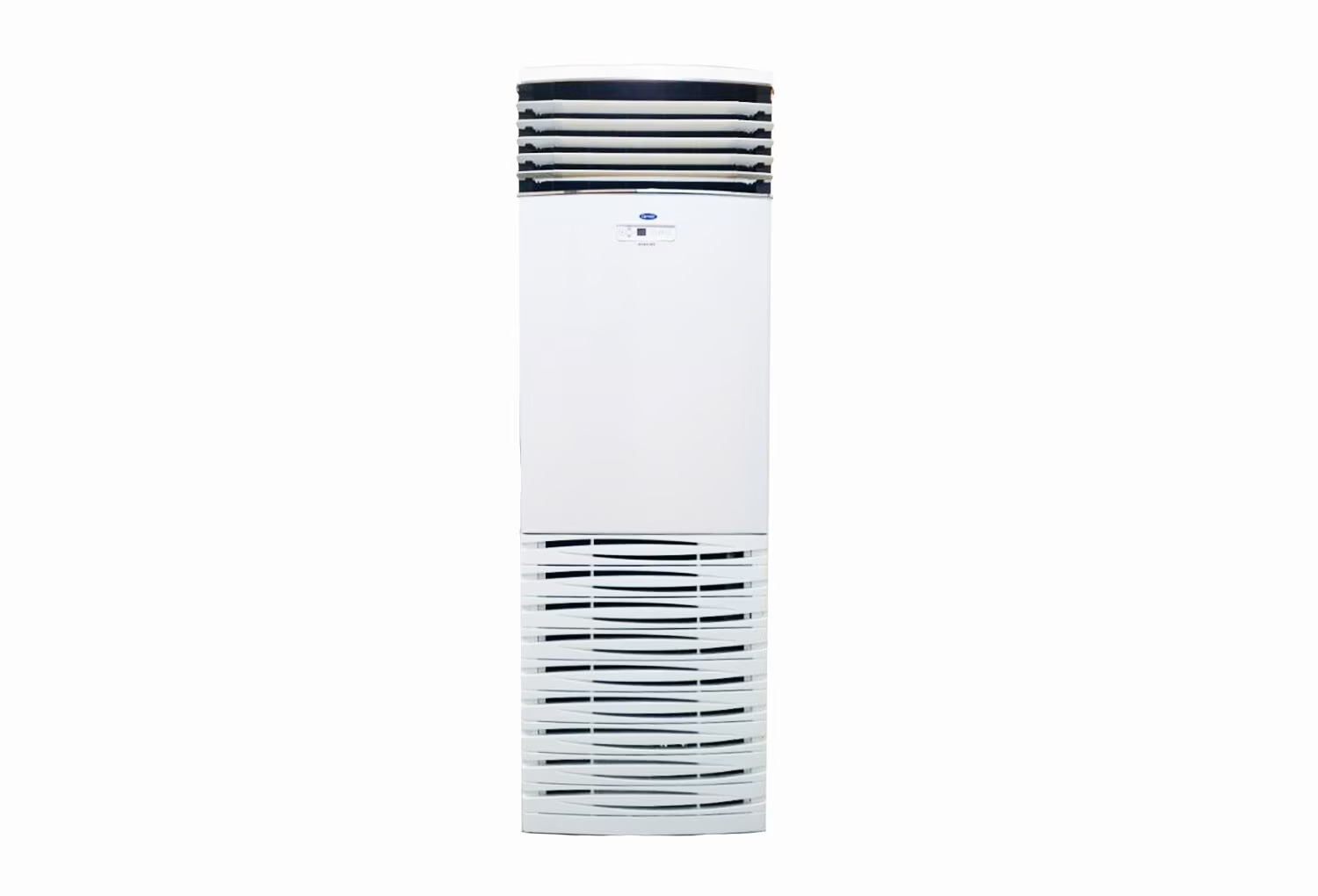Home>Home Maintenance>How Much Electricity Does An Air Conditioner Use
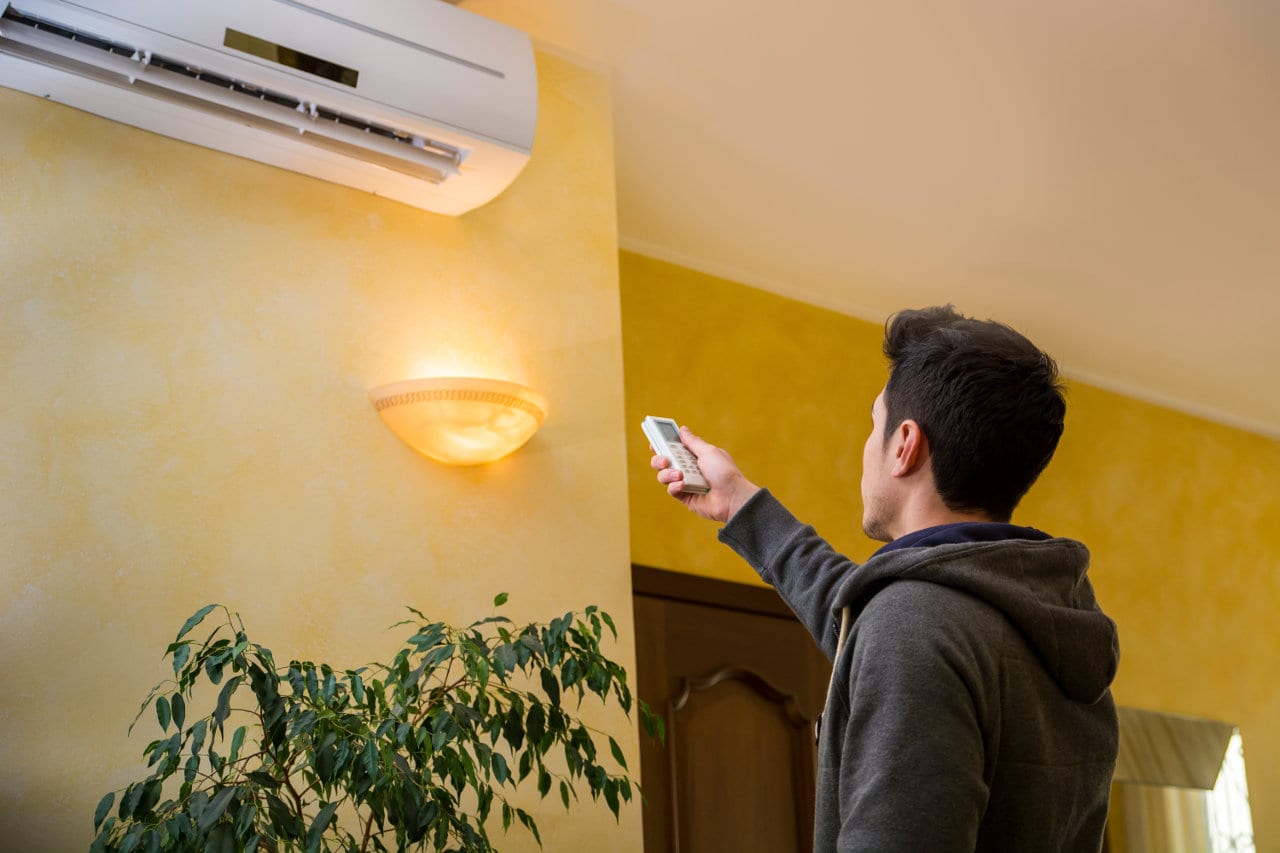

Home Maintenance
How Much Electricity Does An Air Conditioner Use
Modified: March 7, 2024
Learn how much electricity an air conditioner uses and get tips for saving energy on your home maintenance.
(Many of the links in this article redirect to a specific reviewed product. Your purchase of these products through affiliate links helps to generate commission for Storables.com, at no extra cost. Learn more)
Introduction
When it comes to maintaining a comfortable home, air conditioning plays a vital role. With scorching summer temperatures and humidity on the rise, having a reliable and efficient air conditioning system is essential. While we can’t imagine living without the cool relief provided by air conditioners, have you ever wondered about the electricity consumption associated with running them?
In this article, we will delve into the fascinating world of air conditioners and explore how much electricity they consume. Understanding the factors that affect electricity usage and learning about energy efficiency ratings will help you make informed decisions about your cooling needs while keeping your energy consumption in check.
So, let’s embark on this journey to demystify the electricity usage of air conditioners and discover valuable tips to reduce energy consumption without compromising your comfort.
Key Takeaways:
- Air conditioners consume electricity to keep us cool, and factors like size, insulation, and maintenance affect their energy usage. Understanding these factors can help us make informed decisions to reduce energy consumption.
- Choosing energy-efficient air conditioners with higher SEER and EER ratings, along with simple strategies like adjusting thermostat settings and maximizing natural ventilation, can help minimize electricity usage and create a sustainable, comfortable home.
Understanding Air Conditioners
Before we delve into the electricity consumption of air conditioners, it’s crucial to understand how these cooling systems work. Air conditioners, commonly known as AC units, are designed to regulate indoor temperature and humidity levels.
An air conditioner typically consists of two main components: an indoor unit (evaporator) and an outdoor unit (condenser). The evaporator pulls warm air from the room and passes it through a cooled refrigerant coil. As the warm air comes into contact with the cold coil, the heat is absorbed, and cool air is then circulated back into the room. The absorbed heat is expelled outside through the condenser unit.
This continuous cycle of absorbing heat from indoor air and expelling it outside results in a cool and comfortable indoor environment.
It’s essential to note that air conditioners consume electricity to power various components, such as the compressor, fan, and thermostat, which are necessary for their operation. The electricity consumption can vary depending on numerous factors, which we will explore in the following sections.
Now that we have a basic understanding of how air conditioners work, let’s dive into the factors that can impact their electricity consumption.
Factors Affecting Electricity Consumption
Several factors come into play when determining the electricity consumption of an air conditioner. Understanding these factors will help you gauge how much energy your AC unit is likely to consume. Here are the main elements that impact electricity usage:
- Size and Capacity: The size and cooling capacity of an air conditioner have a direct impact on its energy consumption. A larger unit will require more power to cool a space efficiently, while an undersized unit may need to work harder, increasing energy consumption.
- Room Size and Insulation: The size of the room being cooled and the level of insulation play a significant role in energy consumption. A well-insulated room with proper sealing will retain cool air more effectively, reducing the workload on the AC unit and resulting in lower electricity consumption.
- Climate and Ambient Temperature: The ambient temperature of the external environment where the air conditioner operates can affect its energy consumption. AC units working in hotter climates or areas with high humidity levels will typically require more power to achieve and maintain desired indoor temperatures.
- Thermostat Settings: The temperature set on the thermostat directly impacts energy consumption. Setting the thermostat at lower temperatures will result in increased energy usage. Opting for higher temperature settings or using programmable thermostats to adjust temperatures when the space is unoccupied can help conserve electricity.
- Usage Patterns and Frequency: The frequency and duration of AC usage also affect electricity consumption. If the air conditioner is running constantly or for extended periods, it will consume more energy compared to intermittent usage.
- Maintenance and Air Filter Cleanliness: Regular maintenance and cleaning of air filters are crucial to ensure optimal performance and energy efficiency. Clogged filters restrict airflow, leading to reduced efficiency and increased energy consumption.
- Age and Efficiency of the Unit: Older air conditioner models may not be as energy-efficient as newer ones. Upgrading to a more energy-efficient model with higher SEER (Seasonal Energy Efficiency Ratio) ratings can significantly reduce electricity consumption.
By considering these factors and taking appropriate measures, you can effectively manage and control the electricity consumption of your air conditioner, ensuring both comfort and energy efficiency.
Energy Efficiency Ratings
Energy efficiency ratings are an important consideration when it comes to choosing an air conditioner that consumes less electricity. These ratings provide valuable information about the energy efficiency of an AC unit, allowing you to make an informed decision about your cooling needs. Let’s explore the two main energy efficiency ratings to look for:
- SEER (Seasonal Energy Efficiency Ratio): SEER is a measure of the cooling output of an air conditioner divided by the electricity consumed over a typical cooling season. The higher the SEER rating, the more energy-efficient the unit. In many regions, the minimum SEER rating required for new AC installations is 14, but more efficient models can have ratings of 16 or higher.
- EER (Energy Efficiency Ratio): EER is similar to SEER but measures the energy efficiency of an air conditioner at a specific outdoor temperature (usually 95 degrees Fahrenheit). Like SEER, a higher EER rating signifies better energy efficiency. EER ratings are useful for locations with consistently high outdoor temperatures, as they provide a more accurate representation of energy consumption under extreme conditions.
When shopping for an air conditioner, look for units with higher SEER and EER ratings. Investing in energy-efficient models may have a higher upfront cost, but the long-term energy savings can offset the initial investment.
It’s worth noting that energy efficiency ratings are not the only factor to consider when choosing an air conditioner. Factors like room size, insulation, usage patterns, and climate should also be taken into account to ensure the unit meets your specific cooling requirements while consuming electricity efficiently.
Consider using a programmable thermostat to set higher temperatures when you’re away. Regular maintenance and cleaning of the AC unit can also improve its efficiency and reduce electricity usage.
Calculating Energy Consumption
Calculating the energy consumption of an air conditioner can help you estimate the amount of electricity it will use and the associated costs. While several variables come into play, you can use a simple formula to get a rough estimate of energy consumption:
Energy Consumption (kWh) = Power Output (kW) x Operating Hours
Here’s how you can break down the formula:
- Power Output (kW): This refers to the power consumption of the air conditioner, measured in kilowatts. You can find this information on the unit itself or in the product specifications provided by the manufacturer.
- Operating Hours: This represents the number of hours the air conditioner is expected to run per day. Depending on your usage patterns, you can estimate the average daily operating time.
For example, if your air conditioner has a power output of 1.5 kW and you run it for an average of 8 hours per day, the energy consumption would be:
Energy Consumption (kWh) = 1.5 kW x 8 hours = 12 kWh per day
Keep in mind that this is a simplified calculation and may not account for variables like thermostat settings or fluctuating power consumption during the cooling cycle. It’s always good to consult the manufacturer’s specifications or seek professional advice for a more accurate assessment.
Additionally, you can use your electricity provider’s rate per kilowatt-hour to estimate the cost of operating your air conditioner. Multiplying the energy consumption (in kWh) by the electricity rate will give you an idea of the financial impact of running your AC unit.
Remember, this calculation serves as a rough estimate and may vary depending on the specific factors influencing your air conditioner’s electricity consumption.
Read more: How Much Electricity Does Air Heating Use
Examples of Power Usage
To give you a better understanding of how much electricity air conditioners typically consume, let’s look at some examples of power usage:
- Window Air Conditioner: A small window air conditioner with a cooling capacity of around 5,000 BTU (British Thermal Units) typically has a power consumption of 500-1,000 watts. If this unit runs for 8 hours a day, the estimated daily energy consumption would be in the range of 4-8 kWh.
- Central Air Conditioning Unit: A central air conditioning system that cools an entire home can have a cooling capacity ranging from 18,000 to 60,000 BTU or higher. The power consumption of these units can vary significantly depending on various factors such as size, SEER rating, and usage patterns. On average, a central AC unit can consume around 3,000-5,000 watts or 3-5 kW. If the unit runs for 10 hours a day, the estimated daily energy consumption would be in the range of 30-50 kWh.
- Ductless Mini-Split System: Ductless mini-split systems provide targeted cooling for specific zones or rooms. These units typically have a lower power consumption compared to central AC systems. A 12,000 BTU ductless mini-split unit may consume around 1,000-1,500 watts or 1-1.5 kW. With an average daily usage of 6 hours, the energy consumption would be around 6-9 kWh.
Please note that these figures are general estimates and can vary depending on several factors, including the specific model, energy efficiency ratings, operating conditions, and usage patterns. Consulting your air conditioner’s specifications and considering factors specific to your situation will provide a more accurate assessment of power usage.
It’s also worth mentioning that newer models with higher energy efficiency ratings can significantly reduce electricity consumption compared to older, less efficient models. Investing in an energy-efficient air conditioner can help lower your carbon footprint and save on energy costs in the long run.
Tips for Reducing Energy Consumption
Reducing energy consumption not only helps save on electricity bills but also promotes a more sustainable and eco-friendly lifestyle. Here are some practical tips to help you minimize the energy consumption of your air conditioner:
- Set Optimal Temperature: Set your thermostat to a comfortable but energy-efficient temperature. Increasing the thermostat setting by a few degrees can make a significant difference in energy consumption.
- Utilize Programmable Thermostats: Use programmable thermostats to automatically adjust the temperature when you’re away from home or asleep. This ensures that your air conditioner isn’t running unnecessarily, saving energy without sacrificing comfort.
- Maximize Natural Ventilation: Take advantage of natural ventilation by opening windows and using ceiling fans to circulate air. This can help reduce your reliance on air conditioning, especially during cooler evenings or early mornings.
- Maintain Proper Insulation: Ensure your home has adequate insulation to prevent cool air from escaping and hot air from entering. Insulating doors, windows, and walls can significantly improve energy efficiency and reduce the workload on your air conditioner.
- Clean or Replace Filters Regularly: Dirty filters restrict airflow and force the air conditioner to work harder. Clean or replace filters as recommended by the manufacturer to maintain optimal performance and energy efficiency.
- Shade Your Windows: Use blinds, curtains, or shades to block out sunlight and reduce heat gain through windows. This can help lower the temperature in your home and decrease the workload on your air conditioner.
- Maintain Your Air Conditioner: Schedule regular maintenance for your air conditioner to ensure that all components are clean, well-lubricated, and in proper working condition. This can improve its efficiency and prolong its lifespan.
- Consider Ceiling Fans: Use ceiling fans in conjunction with your air conditioner to help circulate cool air more efficiently. Ceiling fans create a wind chill effect, allowing you to set your thermostat at a higher temperature without sacrificing comfort.
- Plant Trees and Greenery: Planting trees or placing potted plants around your home can provide shade and help cool the surrounding area. This natural shading can reduce the need for excessive air conditioning.
- Upgrade to Energy-Efficient Models: If your air conditioner is older and less energy-efficient, consider upgrading to a newer model with a higher SEER rating. Energy-efficient units can provide substantial energy savings in the long run.
By implementing these tips, you can reduce the energy consumption of your air conditioner and create a more sustainable and cost-effective cooling environment.
Conclusion
Understanding the electricity consumption of your air conditioner is crucial for managing energy usage and keeping utility bills in check. By considering various factors such as size, efficiency ratings, usage patterns, and maintenance, you can estimate how much electricity your air conditioner will consume and make informed decisions to reduce energy consumption.
Energy efficiency ratings like SEER and EER are important indicators to look for when choosing an air conditioner. Investing in energy-efficient models can significantly reduce electricity consumption and lower your environmental impact.
Implementing simple strategies such as adjusting thermostat settings, utilizing programmable thermostats, maximizing natural ventilation, and maintaining proper insulation can help minimize your reliance on air conditioning and save energy. Regular maintenance, cleaning, and replacing air filters are essential for optimal performance and energy efficiency.
Additionally, it’s important to be mindful of your usage patterns and consider alternative cooling options like ceiling fans or natural shading with trees and plants. By adopting these practices, you can create a comfortable living environment while minimizing your ecological footprint.
In conclusion, balancing comfort with energy efficiency is possible. By understanding the factors that affect electricity consumption and implementing energy-saving techniques, you can make a positive impact on both the environment and your budget, ensuring a cool and sustainable home for years to come.
Frequently Asked Questions about How Much Electricity Does An Air Conditioner Use
Was this page helpful?
At Storables.com, we guarantee accurate and reliable information. Our content, validated by Expert Board Contributors, is crafted following stringent Editorial Policies. We're committed to providing you with well-researched, expert-backed insights for all your informational needs.
